Last Updated on July 23, 2021

Director Vincenzo Natali has been, for the most part, an obscure filmmaker still best known for his first feature, CUBE, which came out all the way back in 1997. He’s since directed Canadian t.v. (“Earth: Final Conflict”), and had a segment in the anthology PARIS , JE T’AIME, but is as far from a household name as you can get. That has the potential to change with SPLICE, a film that Natali made last year (with producer Guillermo del Toro) that went on to make a big splash at Sundance and subsequently get picked up by Joel Silver’s Dark Castle and Warner Bros. Pictures. It’s opening in wide release on June 4th.
I was lucky enough to sit down with Natali last week and talk to the genuinely delightful man about how he went from not knowing whether or not his movie would see the light of day to… well, sitting there with me talking about its impending release. His enthusiasm and passion for the film, and just film in general, make it very easy to feel happy for the man’s success – and his rise from unknown to next-big-thing.

Splice is being released on June 4th. From conception to June 4th, how long would you say Splice has been in the works?
Natali: From conception, which was 1995, fifteen years. Isn’t that wild?
So what was the very first spark of an idea?
Natali: It was sparked by a mouse, weirdly enough. A special mouse though, because by all appearances it had a human ear growing out of its back, and it wasn’t in the strictest sense a genetic experiment, although it looked like it, and it was such a shocking image; in my mind it was something out of a Salvador Dali painting. I instinctively felt I wanted to make a film based on this mouse. The mouse didn’t make it into the picture ultimately, but the general idea, seeing the mouse, you felt like you were looking at something very vulnerable. And you felt for it. I think Dren, our creature in this movie, is a very vulnerable being that’s quite beautiful in her own way, but is brought into a world that isn’t quite ready for her. That kernel of an idea was there even when it was just a mouse.
Were you ready to make the movie right after you wrote the screenplay? In other words, has it been stops and starts, or were you waiting for the right time?
Natali: Oh, it’s stops and starts. It’s just a long, brutal process, and I’m incredibly lucky to be having this conversation with you right now, because there were many moments when I thought this movie will absolutely not happen. Simply didn’t seem like the stars would align. Because it had two strikes against it. One, it had some fairly dangerous ideas; there’s a sexual component that for a studio would make it dangerous and uncommercial. And then, it had a very expensive special effect. Dren, the creature, was al
ways going to be on screen, all the time, and she was always going to look perfect, and that just comes at a certain price. But, having said all that, this film has had a will to live. No matter what, whenever I thought it was over, it would resurrect itself. I think that’s partly because of the way the real science evolved. In the fifteen years since this started, real genetic science has evolved exponentially, to the point where I really thought it was going to eclipse my vision. A lot of the things that were in the script ten years ago, which seemed like absolute fiction, have come to pass.
What was it like finding out that Joel Silver and Warner Bros. were going to buy it?
Natali: (Laughs) Well, the situation just got weirder and weirder, but in the most wonderful way. First of all, we finished the film a year ago, and in that time, two of the companies that wanted to distribute the film went out of business. So we really entered the marketplace at the worst time – literally, the worst time to sell a movie ever. I really thought we were headed straight to DVD. Then, very fortunately, we were accepted into the Sundance Film Festival, and just by pure chance, Joel Silver saw a photograph of the film online, and one of his executives was at Sundance and saw it, then he saw it and wanted to pick it up. But he has never, in his entire career, acquired a film before. And Warner Bros. as a rule doesn’t do it either. It’s very unusual. We never even considered showing the film to those people, it was just dumb luck! Joel, I have to say, has been tremendously courageous in picking up the film, and I think he’s one of the only guys out there who has the power to say “We’re gonna do this”. He’s and Warner Bros. have completely embraced everything that’s crazy and weird about the movie. At the end of the day, it’s been a long slog, but we’ve been incredibly lucky.

It’s going to get a three thousand theater release or something like that. Did you ever imagine in your wildest dreams…
Natali: No! (Laughs) Actually this morning, I woke up and thought, a year ago today, I din’t even know what the future of this movie would be. If you asked me, never in a million years would I have thought that I would be having this conversation with the film being released in the summer, the height of the summer, by Warner Bros. It’s completely bizarre.
Are there differences between the cut you screened at Sundance and the one Warner Bros. is releasing?
Natali: Yes. They’re very small differences. The film, I believe, is a better version of what we had at Sundance. It’s about three minutes shorter, but I think if you saw the film at Sundance and you saw it now, you’d be hard-pressed to know what we actually did; we sweetened it, made it a little bit tighter and did a little work to the mix.
What about the CG?
Natali: No, all the effects are the same. We did a little bit of work to the color grade, we added a very nice logo sequence at the beginning. But that’s pretty much it. In fact, I didn’t know what to expect when I started this, I mean it could have gone very badly. I didn’t have control over the cut, so when I sat down in the edit room with Joel, I was afraid. But ironically he ended up being the one who was afraid. He was afraid I was going to do more work to the film than he wanted done. So he was extremely respectful.
Obviously, Frankenstein was a big inspiration for you, right down to the character names of “Elsa” and “Clive”. Is that one of your all-time favorites?
Natali: I love the old James Whale films. I grew up with them. So that was very much present, but I was extremely aware of wanting to depart from the Frankenstein myth at a certain point. I think where Splice evolves, or mutates, that sub-genre is by making the film about containment. Generally, what happens in these movies is, somewhere in the mid-point of the film, the monster escapes and horrible things and chaos happen in the outside world. In this case, Clive and Elsa end up caging their creature, and in some ways it becomes a hostage drama, a complicated one, because in some ways the scientists are hostage to the creature, because they made it and now don’t know what to do with it. And they love it. It becomes a story about parents smothering their children. For me, that’s when the film starts to become very interesting.

Was it difficult casting “Dren”? Obviously, you’re asking a lot from this performer.
Natali: It was surprisingly easy, because Delphine Chanéac, who plays Dren, is a French actress we cast in Paris, and she was literally the first person who walked in the room. So there’s sort of this weird serendipity that has followed this movie all the way through its making. I think that Delphine is a very special actor, she had all the
se qualities that I was looking for. She’s very beautiful, but in kind of an androgynous way, and I always feel like androgen is somehow a little more evolved form of beauty. She’s an actor who you feel tremendous sympathy for, but you also feel like she could be quite dangerous. In fact, when we were in the final stages of the design, we used Delphine as our end point. We reverse engineered a lot of the earlier stages of Dren from Delphine. It’s actually Delphine’s eyes that are mapped on to the “child” Dren.
I have to ask: Is there a potential for Splice 2? Because the way it ends leaves it open for a possible sequel…
Natali: It seems to be inviting Splice 2. In all honesty, I knew that with that ending, it would seem like we were setting up a sequel, but that was never my intention. It just seemed like the right way to end the story. Certainly when we finished the film, I didn’t even know if it would be distributed, let alone have a sequel. But now, it has to be considered, because if the film is successful, then they probably would want to do a sequel. And I had the experience with Cube where I consciously chose not to have anything to do with the sequels – Cube was my first film. And yet to this day, people come up to me and ask “Did you direct Cube 2 and 3?” And I say “No no! For better or worse, I had nothing to do with those movies.” So I kind of decided that if anyone wants to do a sequel based on my material, I want to be a part of it.
If it makes $30 million opening weekend and on Monday Warner Bros. greenlights a sequel, would you be like “What do I do now?” or would you have an idea of what comes next?
Natali: I have some thoughts about it… With Cube, I honestly never thought you could do sequels to it. Whereas with Splice, I could see it evolving into something interesting. I’ve been thinking about it a little bit. At the same time, it just seems like bad karma to consider these things, so we’ll just wait and see how it performs.
I just read the other day that you’re attached to Neuromancer. That’s brand new news, right? This just happened?
Natali: It’s almost like the internet knew before I knew. It’s so crazy. In fact, it’s so new, it’s not one hundred percent final, but based on all the parties, I think it’s highly likely. I’m incredibly excited, because in my mind it’s one of the great works of science-fiction literature. Maybe the most important one of the last twenty-five years. very influential on me, just extraordinary.
So are you working on the script for that now, or is there something coming before it?
Natali: Well I have multiple things in the works right now. I have the adaptation of the J.G. Ballard novel High Rise, which I’ve been working on for years, I’ve been dying to do it. It’s at quite an advanced stage. And then another project called Tunnels, which I’m working on with a writer right now, which is an amazing project as well. What I’ve learned over the years is, for anyone who is wondering what will happen with High Rise, if Neuromancer happens or vice versa… usually these things help each other. The disparate projects work in tandem. For instance, I was working on High Rise at the same time I was working on Splice. Splice happened to go first, and the fact that it exists is, I’m almost certain, going to help High Rise. They shouldn’t be mutually exclusive. They should all help each other. And it would be nice if I get to make more than one film every seven years.
Tunnels, what I know about it, seems a little more family-friendly. Like a PG-13 adventure movie. Is that a conscious decision to do something different?
Natali: Yeah, a little bit. It definitely has a bit of a dark edge to it, but I come from the Star Wars generation. I’m a child of George Lucas, for better or worse, that film was almost like a religious experience for me. So I’ve always wanted to do a fantasy epic although I don’t think I’d define this as fantasy in the strictest sense, but it’s a real adventure. It’s a big canvas, a whole world that I can invent. And it’s really interesting, there are a lot of interesting themes that it’s dealing with. It’s a really cool project. The people who are behind it, Relativity, are incredibly enthusiastic, but you just don’t know. It’s such a hard time right now.


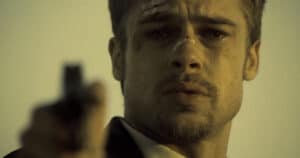
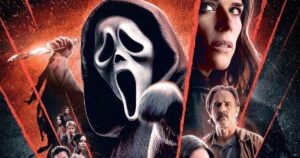
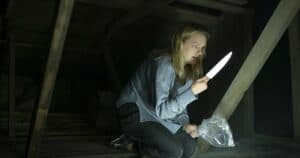
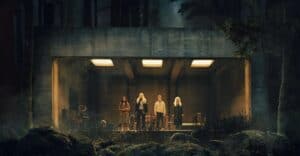
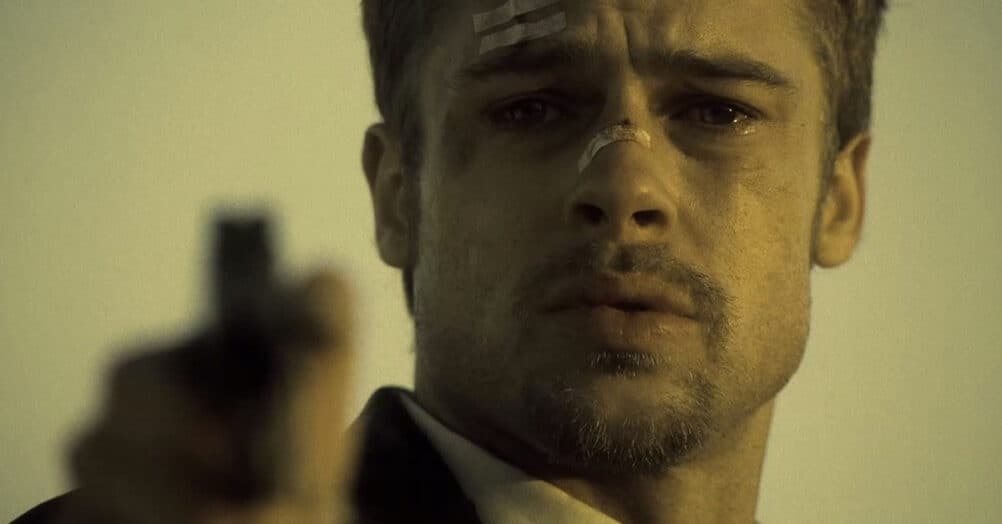

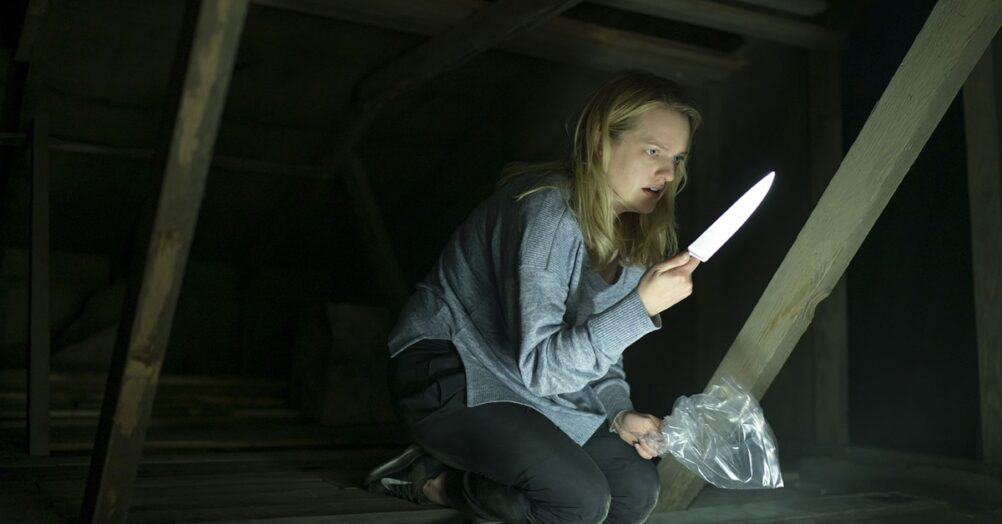

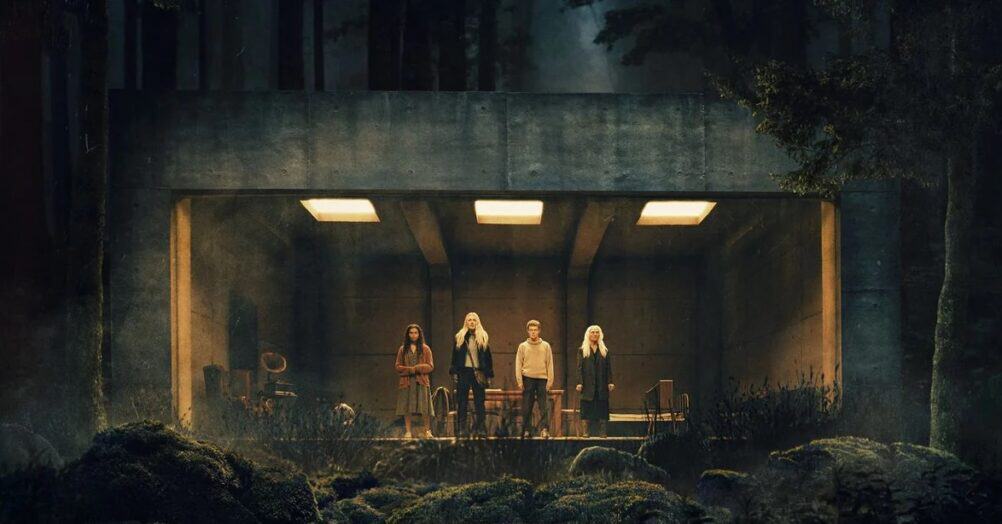
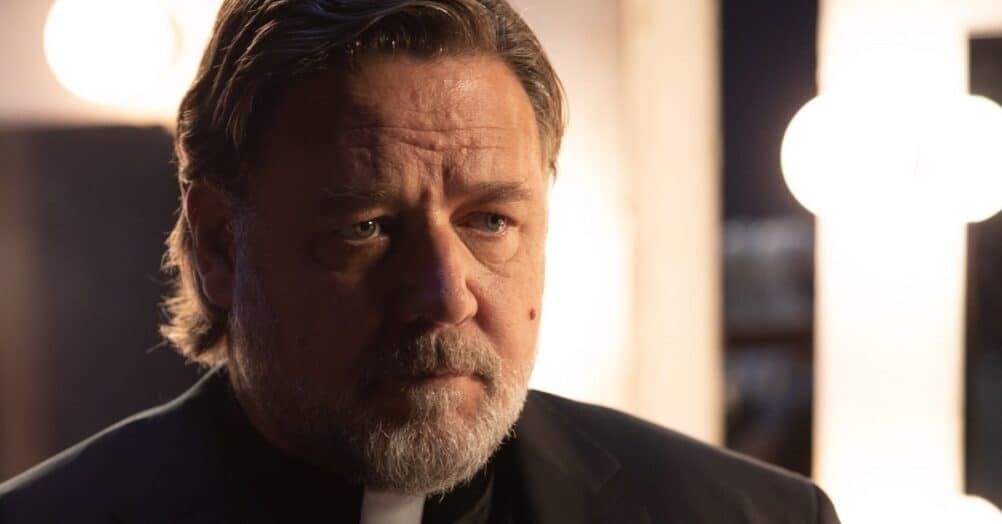

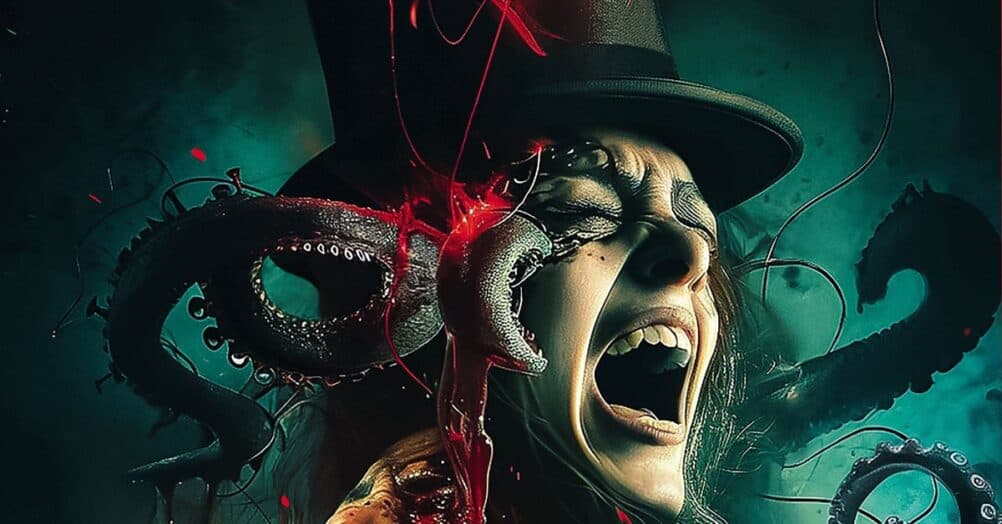
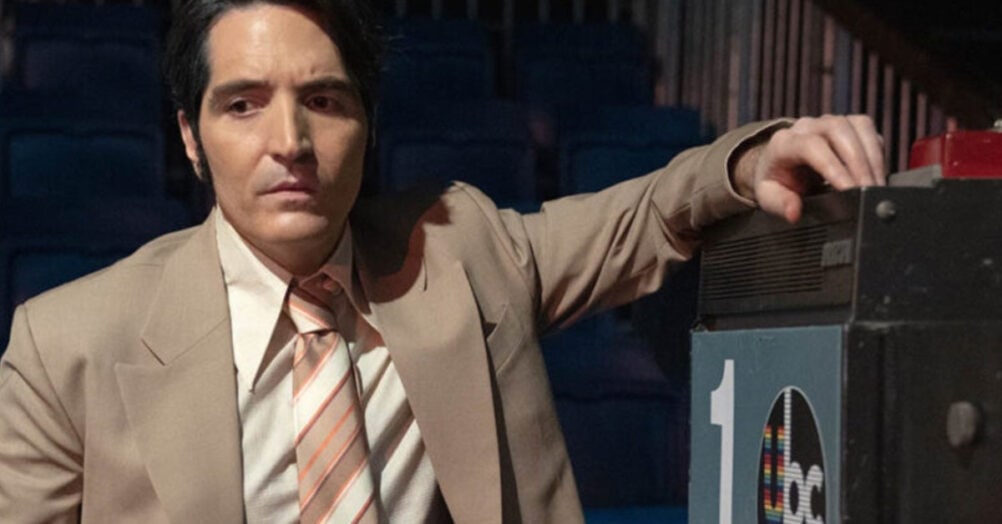
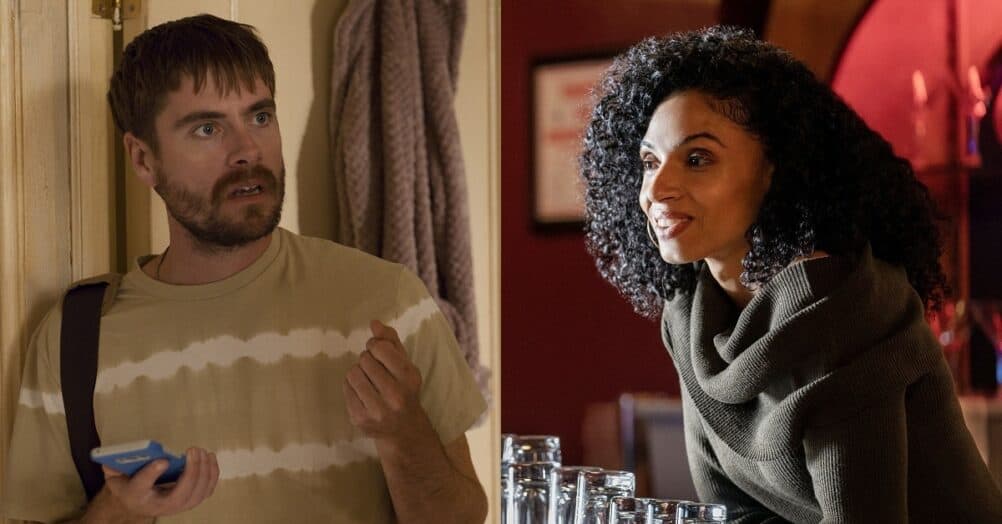
Follow the JOBLO MOVIE NETWORK
Follow us on YOUTUBE
Follow ARROW IN THE HEAD
Follow AITH on YOUTUBE